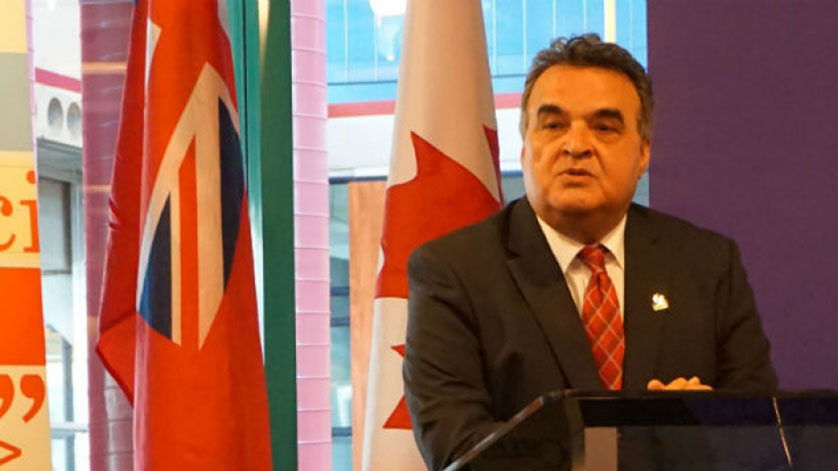UWaterloo, Ciena Drive Advancements in Subsea Cable Technology

Engineering researchers at the University of Waterloo are working with Ciena to find solutions to help network operators and Internet providers respond to the insatiable demand for faster and faster data transmission over the Internet.
A key area of Waterloo’s partnership with Ciena involves squeezing as much capacity as possible out of the submarine fiber optic cables that handle upwards of 95 percent of all intercontinental communications, including $10 trillion a day in financial transactions.
The reliable, high-speed transmission of vast amounts of information via undersea cables is increasingly important in fields including healthcare and academic research, as well as for consumer demand for quality high-speed Internet service on cell phones.
The research relationship received funding support from the Natural Sciences and Engineering Research Council of Canada (NSERC).
“Waterloo’s strong ties to industry help drive innovation and fuel our economy,” said Feridun Hamdullahpur, president and vice-chancellor of Waterloo. “This partnership with Ciena, possible with support from NSERC, illustrates the tangible, significant results possible when you combine the brilliant minds of Waterloo researchers with the needs and resources of industry.”
Amir Khandani, a professor of electrical and computer engineering at Waterloo, leads a team of post-doctoral fellows and graduate students developing algorithms to efficiently and rapidly correct errors – essentially lost or dropped bits of data — that occur during extremely high-speed, long-distance transmission.
“Professor Khandani and his team, along with their partners at Ciena, have formed an impressive platform for multi-year collaboration that will help tackle the challenges of the next generation of optical telecommunication networks,” said B. Mario Pinto, President, NSERC. “This Industrial Research Chair will also provide the next generation of top research talent with rich training opportunities in highly innovative environments.”
“What matters a great deal to us is knowing that what we do is being used and is benefitting people,” said Khandani, whose team at any given time includes about eight post-doctoral fellows and graduate students. “Seeing our work have a direct and immediate impact is very rewarding.”
Included on electronic chips that are built into equipment for receiving and transmitting data, the algorithms developed by the Waterloo team free up cable capacity while also enabling the correction of errors to keep pace with other technological advances.
“The thirst for additional bandwidth and capacity is unquenchable,” said Rodney Wilson, Senior Director for External Research at Ciena. “It’s a battle of tiny, tiny increments. When you add them all up, it creates market-leading innovations. Working with the University of Waterloo gives us a competitive edge.”
Under the three-year partnership, announced at an event at Waterloo recently, Khandani holds the position of Ciena/NSERC Industrial Research Chair on Network Information Theory of Optical Channels. The relationship between Waterloo Engineering and Ciena has already produced seven U.S. patents, with more pending. Many of the student researchers now occupy full-time positions with the company.
For more information, click here.

